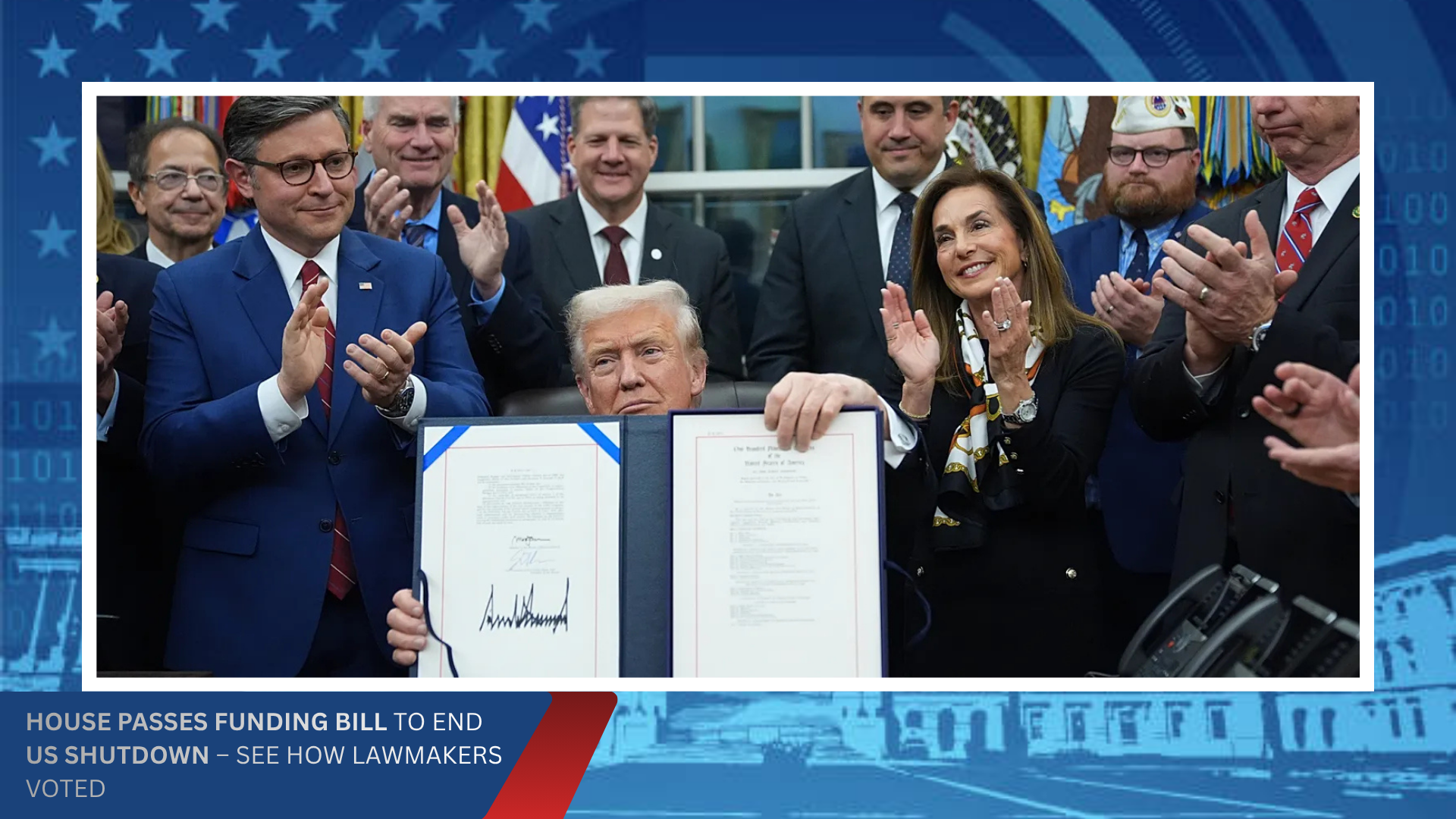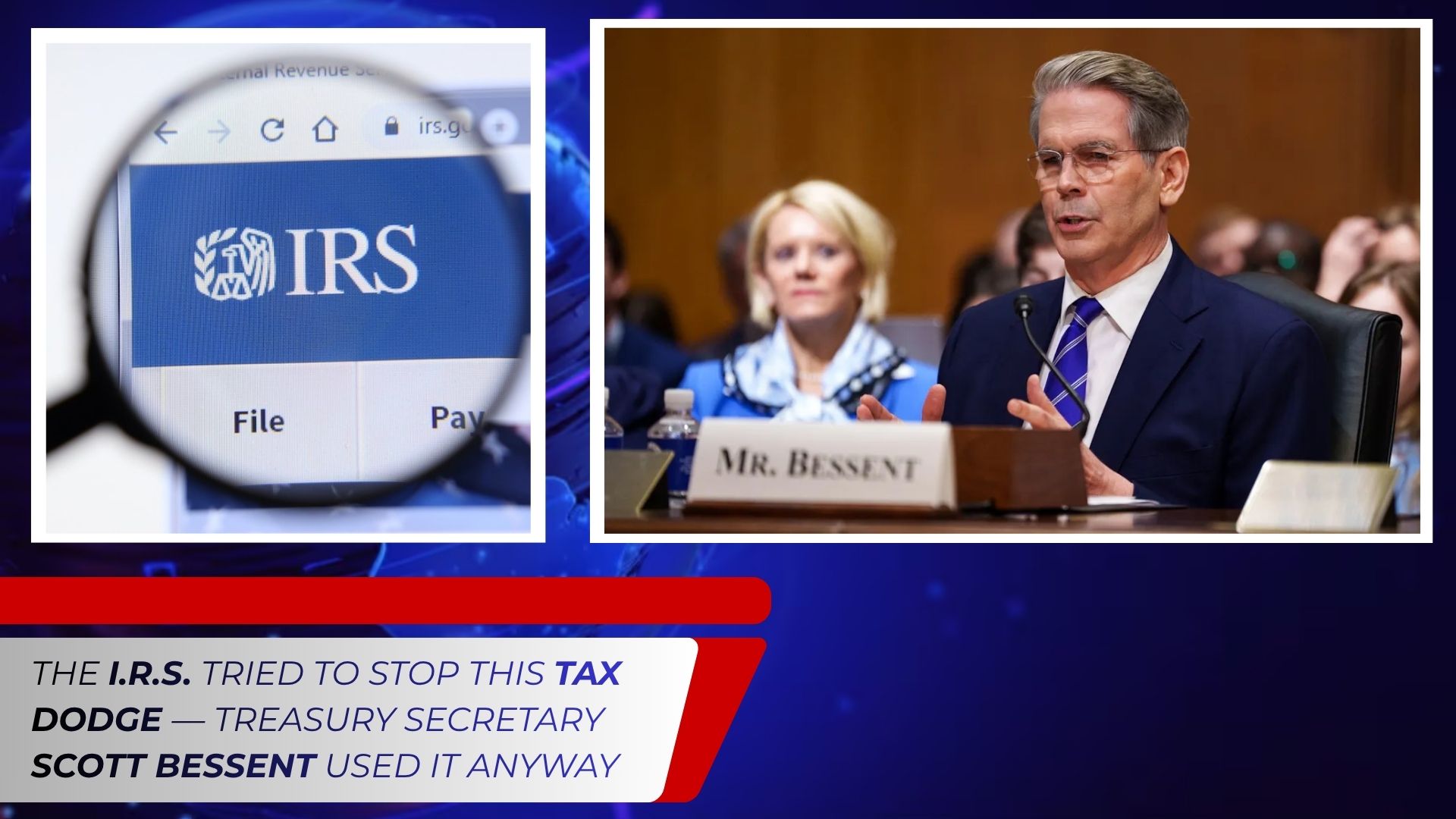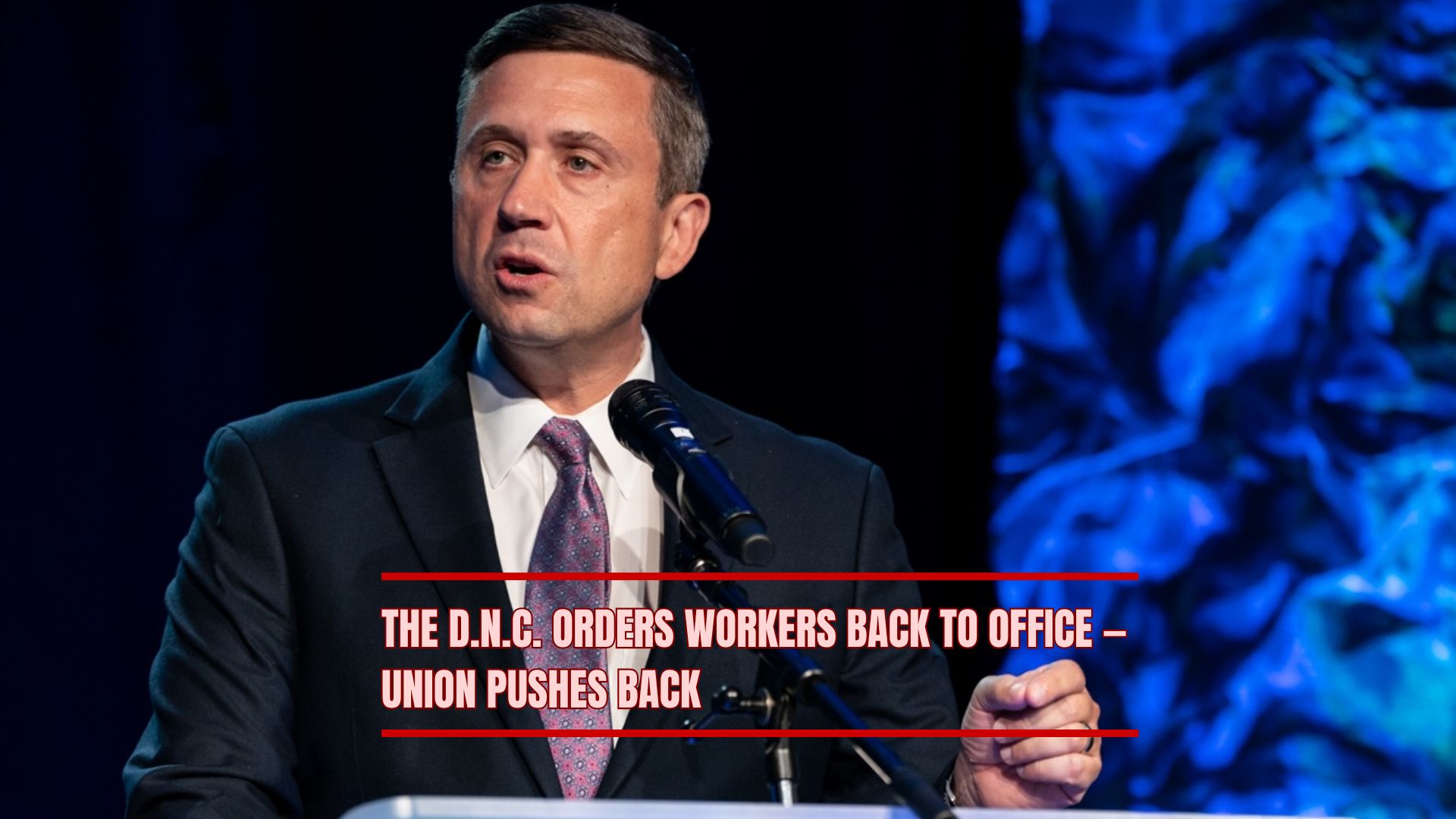As the federal government shutdown drags toward the end of October with no resolution in sight, November 1 is emerging as a critical deadline for millions of Americans. While the shutdown has already disrupted public services, furloughed government employees, and rattled economic confidence, the beginning of November marks a turning point—when several major federal assistance programs may run out of funds, and new health care challenges could arise.
If Congress fails to reach a funding agreement by then, nutrition programs, childcare services, and health insurance subsidies will all face serious consequences, potentially affecting tens of millions of low- and middle-income families across the country.
The Stakes: A Shutdown With Growing Consequences
Government shutdowns are not new in Washington, but the current one—now entering its fourth consecutive week—is shaping up to be one of the most consequential in recent memory. Federal workers have missed multiple paychecks, national parks remain closed, and agencies that manage critical programs have exhausted contingency funds.
What makes November 1 particularly significant is that many federal programs operate on monthly funding cycles. That means benefits distributed in October will have already gone out, but November payments depend on new appropriations. Without them, funding gaps will hit immediately, leaving families and state agencies scrambling.
SNAP Funding Could Halt for 42 Million Americans
One of the most pressing concerns is the potential collapse of the Supplemental Nutrition Assistance Program (SNAP), commonly known as food stamps. The U.S. Department of Agriculture (USDA), which administers SNAP, has warned that it will not have sufficient funds to issue November benefits if the shutdown continues.
In a letter dated October 10, Sasha Gersten-Paal, SNAP’s development director, told state agencies:
“If the current lapse in appropriations continues, there will be insufficient funds to pay full November SNAP benefits for approximately 42 million individuals across the Nation.”
That means millions of low-income families could lose access to food assistance in just days. SNAP benefits are typically distributed at the beginning of each month, helping families buy groceries through electronic benefit cards accepted at authorized stores. The program is essential for households struggling with rising food prices and economic instability.
If benefits are delayed or suspended, food banks and community organizations could see an overwhelming surge in demand. Past shutdowns have already shown that local food pantries struggle to meet such spikes.
WIC Benefits Face a Similar Crisis
The Special Supplemental Nutrition Program for Women, Infants, and Children (WIC) is also teetering on the edge of funding exhaustion. WIC provides food vouchers, nutrition counseling, and health support for pregnant women, new mothers, and young children—a program that reaches over 6 million Americans nationwide.
Earlier this month, the White House approved a temporary infusion of emergency funds to keep WIC operational through October 31, but the relief was short-term. Without new funding, the National WIC Association (NWA) warns that benefits could end on November 1.
“Without additional support, state WIC agencies face another looming crisis,” said Georgia Machell, president and CEO of NWA, in an October 21 statement. “Several are set to run out of funds to pay for WIC benefits on November 1 and may need to start making contingency plans as early as next week.”
For many families, WIC is not just a supplement—it’s a lifeline. It ensures that children under 5 receive healthy foods such as milk, eggs, and produce, and it provides vital support for mothers in economically vulnerable households. Losing those benefits could create nutritional and financial hardships within days.
Head Start Programs Could Lose Funding for Tens of Thousands of Children
Another program facing a November 1 funding cliff is Head Start, the federal early education initiative that serves low-income children and families.
The National Head Start Association (NHSA) reports that if the shutdown continues, 134 Head Start centers in 41 states—serving roughly 59,000 children—will lose federal grants due on November 1.
These programs provide preschool education, nutrition, and family services to help prepare children for kindergarten. Without funding, many centers could be forced to close temporarily, leaving working parents without childcare options.
As of now, six Head Start programs, covering about 6,500 children, have already missed their October funding disbursements and are operating without federal support. Some centers are relying on reserves or community donations to stay open, but those funds are quickly depleting.
Obamacare Open Enrollment Starts Amid Shutdown Chaos
In addition to social programs, November 1 also marks the beginning of open enrollment for Affordable Care Act (ACA) health insurance coverage. Millions of Americans use HealthCare.gov to sign up for or renew coverage for 2026, but this year, the process could be complicated by the ongoing shutdown and political stalemate over health care funding.
At the heart of the dispute are the ACA premium subsidies—federal tax credits that help reduce the cost of monthly insurance premiums. Those subsidies are set to expire on December 31, but Democrats are pushing to renew them immediately to avoid sticker shock for consumers.
Republicans have resisted, arguing that such debates should take place after the government reopens, not during a shutdown. If no action is taken, health insurance premiums could double for millions of Americans next year, according to an analysis by the KFF (Kaiser Family Foundation).
Without the subsidies in place, people browsing HealthCare.gov starting November 1 may see dramatically higher costs, potentially deterring enrollment and leaving many uninsured.
The Political Impasse Behind the Crisis
The root of the problem lies in a stalemate between Congress and the White House over the federal budget. Democrats are demanding restored funding for health care and social programs, while Republicans are insisting on spending cuts and policy reforms before reopening the government.
Each side accuses the other of political brinkmanship as the shutdown drags on, and public frustration continues to mount. For families dependent on government assistance, however, the debate has immediate, tangible consequences—especially as rent, food, and energy prices rise heading into winter.
What Happens Next
If lawmakers reach a funding agreement before November 1, most programs could avoid disruption. But every day of inaction increases the risk of cascading effects: missed food benefits, suspended early education services, and uncertainty for millions of Americans preparing for health coverage enrollment.
Advocates are calling on Congress to act swiftly, warning that the longer the government remains closed, the harder it will be to restart halted programs and restore public confidence.
In the meantime, agencies like the USDA, the Department of Health and Human Services, and the Office of Management and Budget are working to stretch existing resources—but officials admit they are running out of options.
%20(4).png)



.png)




